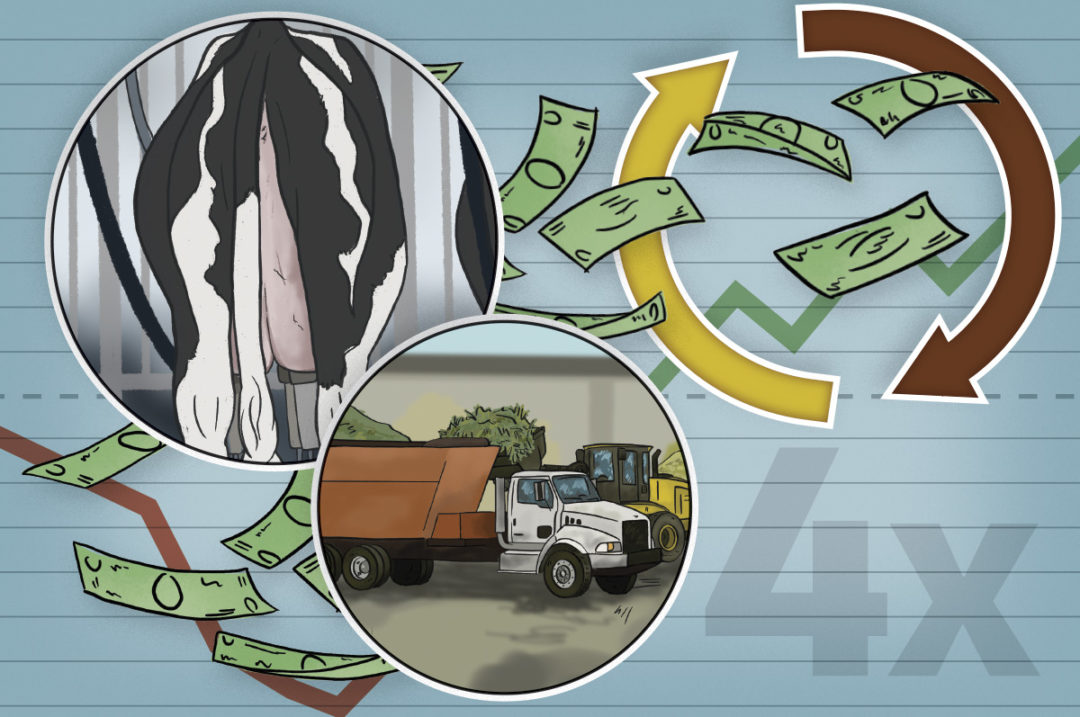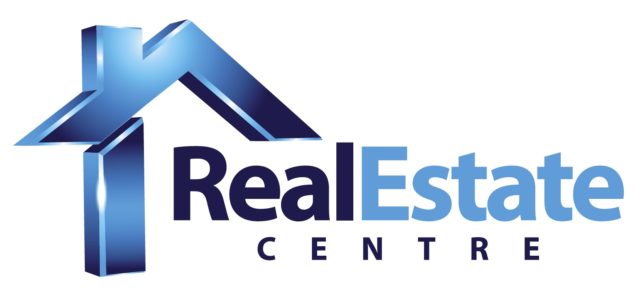Borrowing money to pay the bills? If that is you, you are not alone. As a dairy consultant who helps farmers increase income and efficiencies and reduce their expenses, these are the phone calls that have been coming in recently as worries loom over what is to come in 2023.
But even when the dairy farmer can’t see it, I believe there is always a way to uncover opportunities to increase cash flow and cut back on unnecessary expenses. In fact, there is one dairy in particular that our team has successfully turned around from borrowing money to pay the bills to being cash ahead, and they continue to hold this position in spite of the current milk markets, inflation and rising input costs.
It was about six years ago our team got called out to this dairy farm. The partners were at their wits' end. They couldn’t sleep at night, not only due to the financial worries but also laid awake wondering if the milkers would show up for the morning shift. This left little time to even think about ways to increase milk production or lower their rising somatic cell count (SCC).
Our team knew we needed to work quickly and look for the fastest and highest-impact lever to pull. We found it in the parlor. The existing milking schedule included two four-hour shifts. Milkers showed up in the morning for the first milking, left and then returned later in the day for the second milking. As we talked to the employees, we learned that they did not like this format.
The revised milking schedule looked like this: two five-hour milking shifts with a break and washdown in between. It was 11 hours of work, but we paid the milkers for 12 hours. Instead of milking only 2x, we started running some groups 4x.
The results: Milk production increased by 15 pounds per cow without changing any labor costs. Cows spent less time standing in the holding area and more time lying down or eating when not milking. The employees who bought into this schedule change and liked it better stuck around, while a few that didn’t left. Today, turnover is a thing of the past. The added bonus to a happy crew of milkers has been improved milk quality, which went from over 500,000 SCC to now consistently under 100,000.
With these “wins” under our belts, we looked for other areas to make improvements. The feed center was our next stop. The short-term actions included dialing in on feed mixing and delivery. The long-term actions included focusing on putting up high-quality homegrown forages to reduce the expense of purchased feeds, but also to cut down on “band-aids” in the ration to make up for poor-quality feed. Over time, we reduced feed expenses and noted improvements in cow health as a result of better feed and more consistent delivery.
On any operation, making significant changes is more than a one-time deal. It takes a commitment over time. That’s why our team continues to be involved weekly, overseeing herd health, employees, payroll and the books.
These efforts combined helped this dairy go from borrowing money to pay the bills to today being able to invest in capital improvements with cash and still have money in the bank. But more importantly, the partners in this dairy are able to sleep well at night, confident in the financial viability of their business and their future.







